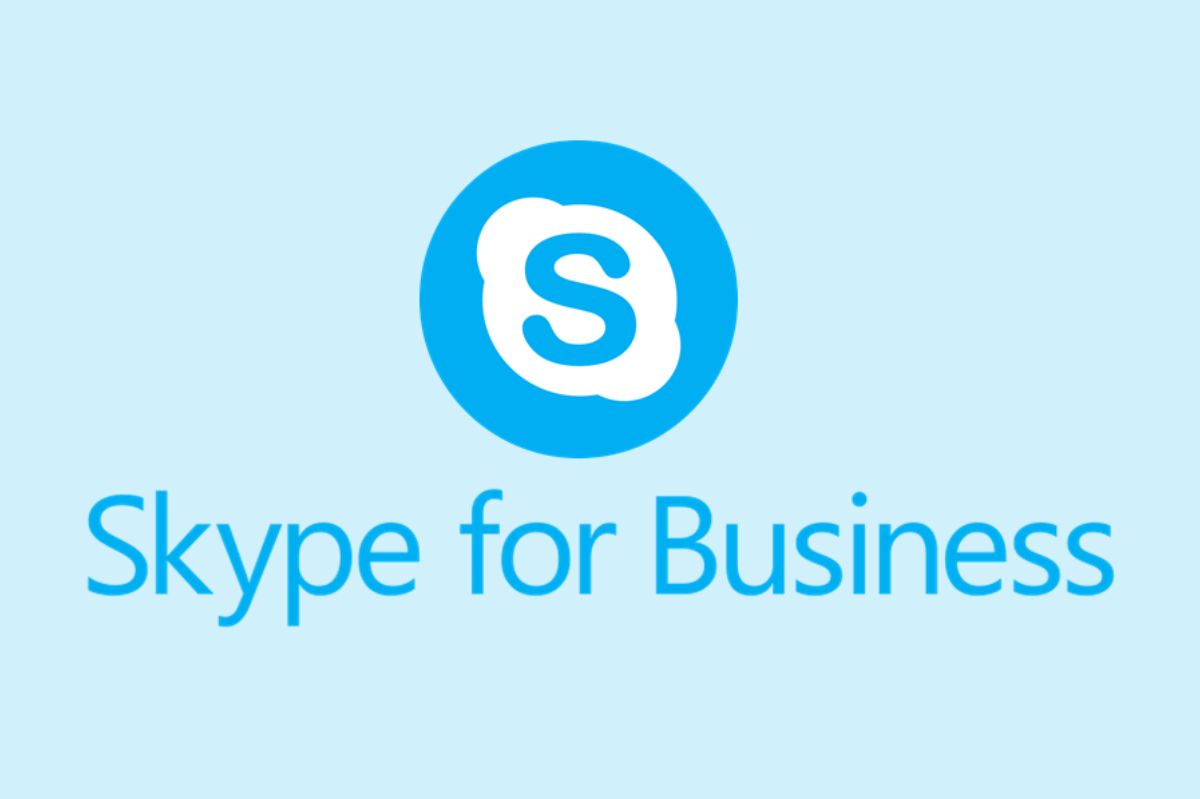Since its introduction in 2014, Skype for Business has been an invaluable tool for millions worldwide. By combining instant messaging, calling, and video in a single app, the product has created an exciting new vision for business communications.
Microsoft Teams is the next chapter of this vision, and, with the announcement a few days ago, Microsoft has also communicated its confidence in Teams.
Table of Contents
Upgrade to Microsoft Teams: The 5 Steps of a Proven Framework
Migrating from Skype for Business to Teams will be more than just a technical upgrade. It represents a transformation in how users communicate and collaborate, and change will sometimes take work.
The optimal approach is the one that combines the technical aspects with attention to the adoption of the new software, encouraging users to use it and guiding them to favor a positive user experience.
To help organizations along this path, we offer a proven framework designed to streamline the transition to Microsoft Teams.
Set up a Project Team
To ensure the success of the project, it is essential to define a team that is made up not only of the IT department but also of all the necessary “business” interlocutors and a list of Key Users.
Define purpose, objectives, KPIs, and timelines.
Spend the right amount of time defining in detail the scope of the project and the business objectives that you want to achieve. It is essential to have clear success metrics, risks, and timelines so that all stakeholders are aligned and working toward the same results.
Plan for both technical readiness and user readiness
Verify that the organization is ready for the transition, understand the actual use of the software by the user base, and design a plan that favors behavior change and the adoption of the new application.
Upgrade
Bring Teams into your company as software parallel to Skype for Business and plan for joint use before switching exclusively to Teams. You will guarantee a better user experience, minimizing interruptions and inconveniences. Define when to update.
Achieve operational excellence
Monitor your organization and regularly measure user satisfaction to ensure a consistent, quality experience that supports growth in software adoption and maximizes business value.
Also Read : Corporate Data Security: The 9 Dangerous (Human) Errors For The Company







